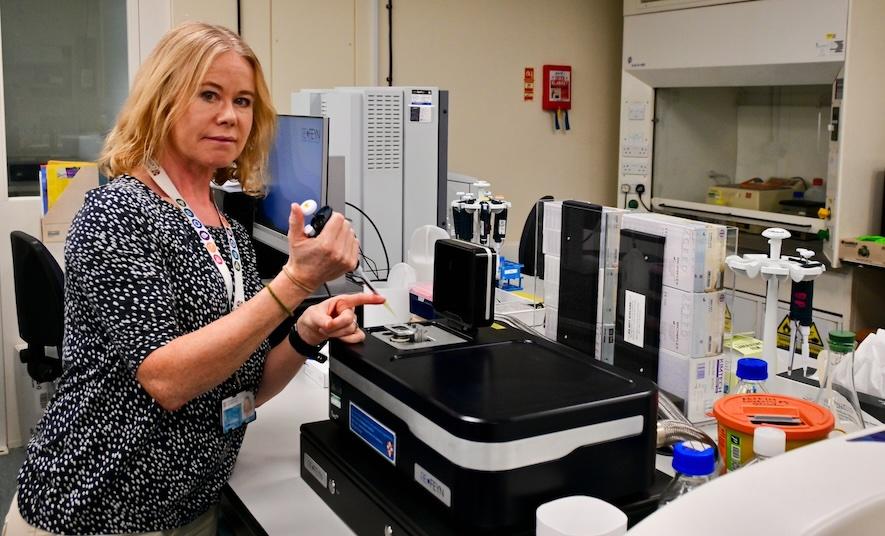
Many congratulations to Katherine Stott on her appointment as Associate Professor in Integrative Molecular Biophysics, joint with the Department of Pharmacology!
Katherine has been running the biophysics facility in the department for many years, while also engaging in independent research. Her major research focus is on molecular recognition by disordered proteins and their unique roles in nature, particularly in the eukaryotic nucleus. Since starting her lab, she has revealed how linker histone C-terminal tails form “fuzzy complexes” and act as “liquid-like glues” for DNA in chromatin.
Katherine outlines her current research projects and plans for the future:
“Our central question concerns how function is encoded in disordered regions of proteins. We use a cross-disciplinary experimental approach, integrating biophysical methods and structural biology, to reveal the mechanisms underpinning the functions of these proteins, and to interrogate them at the sequence level. We are currently focusing on DNA condensation, specifically on how linker histone proteins across the eukaryotic spectrum control the baseline condensation level of chromatin using their stoichiometry, distinctive sequence grammars and post-translational modifications. This function is a key aspect of chromatin architecture that is relevant to both development and cancer. We also develop new methods to handle the high levels of multivalency and unusual cooperativity behaviours of complexes involving disordered protein regions.
Our lab has been funded by the BBSRC for many years, and we have recently been awarded a new grant to establish the sequence-function rules that encompass all linker histones and their properties as “DNA glue”, using C-Trap optical tweezers, calorimetry and solution & solid-state NMR spectroscopy. We will be hiring – if there are any interested biochemists and biophysicists out there, watch this space!”
